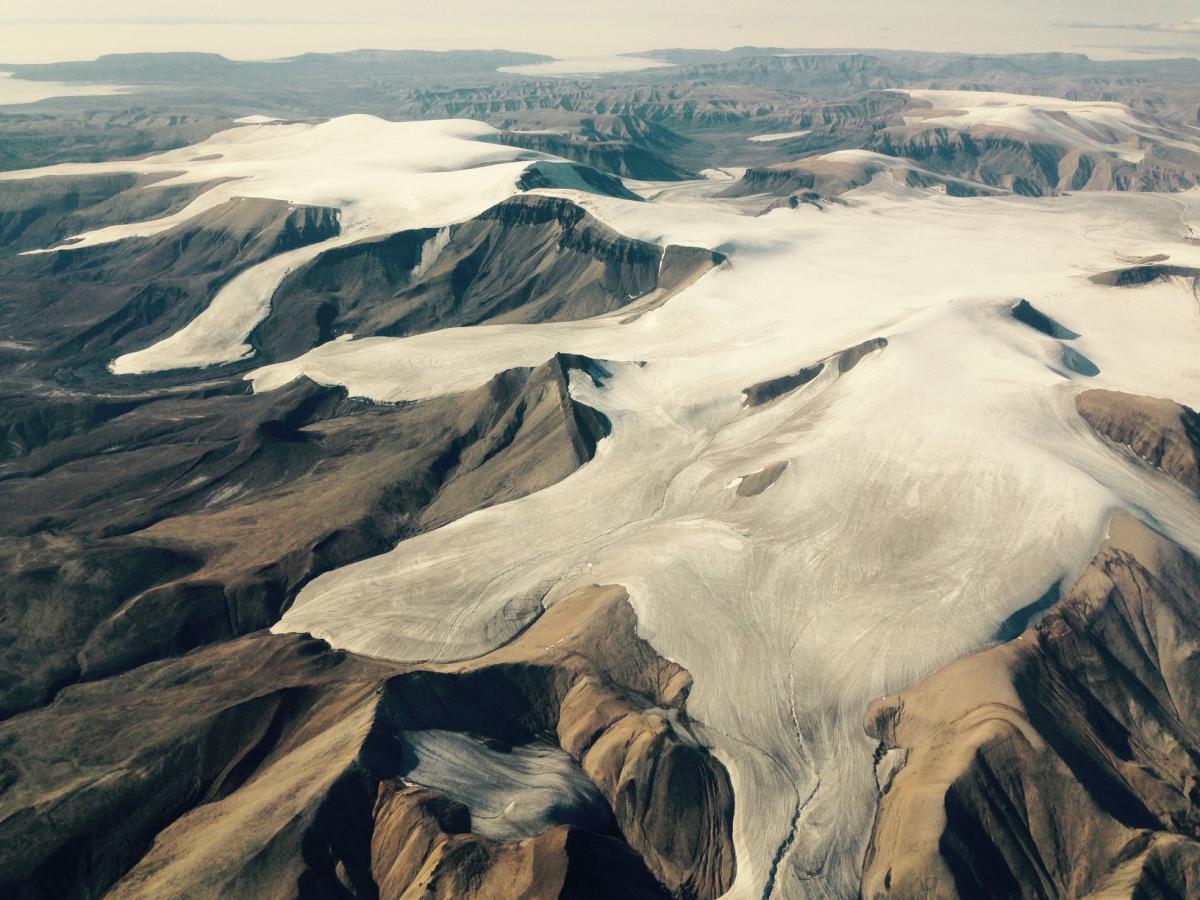Rising waters
April 8, 2019
Share

As part of an international research collaboration, Queen’s University scientist and lead Canadian researcher Laura Thomson examined the contribution of Canadian glaciers and ice caps to global sea level rise. The research shows that, with the exception of the Greenland and Antarctica ice sheets, the Canadian Arctic has become the largest contributor to global sea level rise in recent years (2006-2016).
Taking into account statistical uncertainties, the findings suggest the mass loss of glaciers may be larger than previously reported.
Dr. Thomson, who leads the new Snow and Ice Research Laboratory in the Department of Geography and Planning, says the Canadian Arctic is currently responsible for 30 per cent of meltwater added to the oceans each year, which amounts to approximately a 1.1 millimetre sea level rise every five years.

“This study incorporates more than 50 years of observations by Canadian glaciologists, including federal scientists and university researchers who contribute their findings to the World Glacier Monitoring Service,” Dr. Thomson explains. “Since Canada hosts the largest area of glaciers outside of Greenland and Antarctica, a study like this requires collaboration and contributions from many researchers. In addition to collecting field-based observations, my contribution includes collecting and assimilating measurements from Canadian ice masses for the World Glacier Monitoring Service.”
University of Zurich Professor Michael Zemp, and colleagues including Dr. Thomson, used observational data collected from over 19,000 glaciers using two different methods to determine mass changes between 1961 and 2016. From this the research shows that glaciers contributed around 27 millimetres to global mean sea-level rise over this period.
“By combining field methods with satellite-based observations of glacier thinning, this study updates and improves upon previous estimates of glacier and ice cap contributions to sea level rise,” says Dr. Thomson. “This integrated approach also accounts for and corrects a previously existing bias associated with traditional field-based methods, allowing us to more accurately determine regional glacier losses from point measurements.”
The authors of the paper then calculated the mass-change rates for glaciers from 2006 to 2016 and found that during this decade alone they contributed nearly one millimetre each year to sea-level rise.
“Based on our findings, we suggest that glaciers could almost disappear in some mountain ranges by 2100 (including the Caucasus, Central Europe, Western Canada and the USA, and New Zealand),” Dr. Thomson says. “However, regions with many glaciers like the Canadian Arctic will continue to contribute to sea-level rise beyond this century.”
The new research was recently published in Nature.